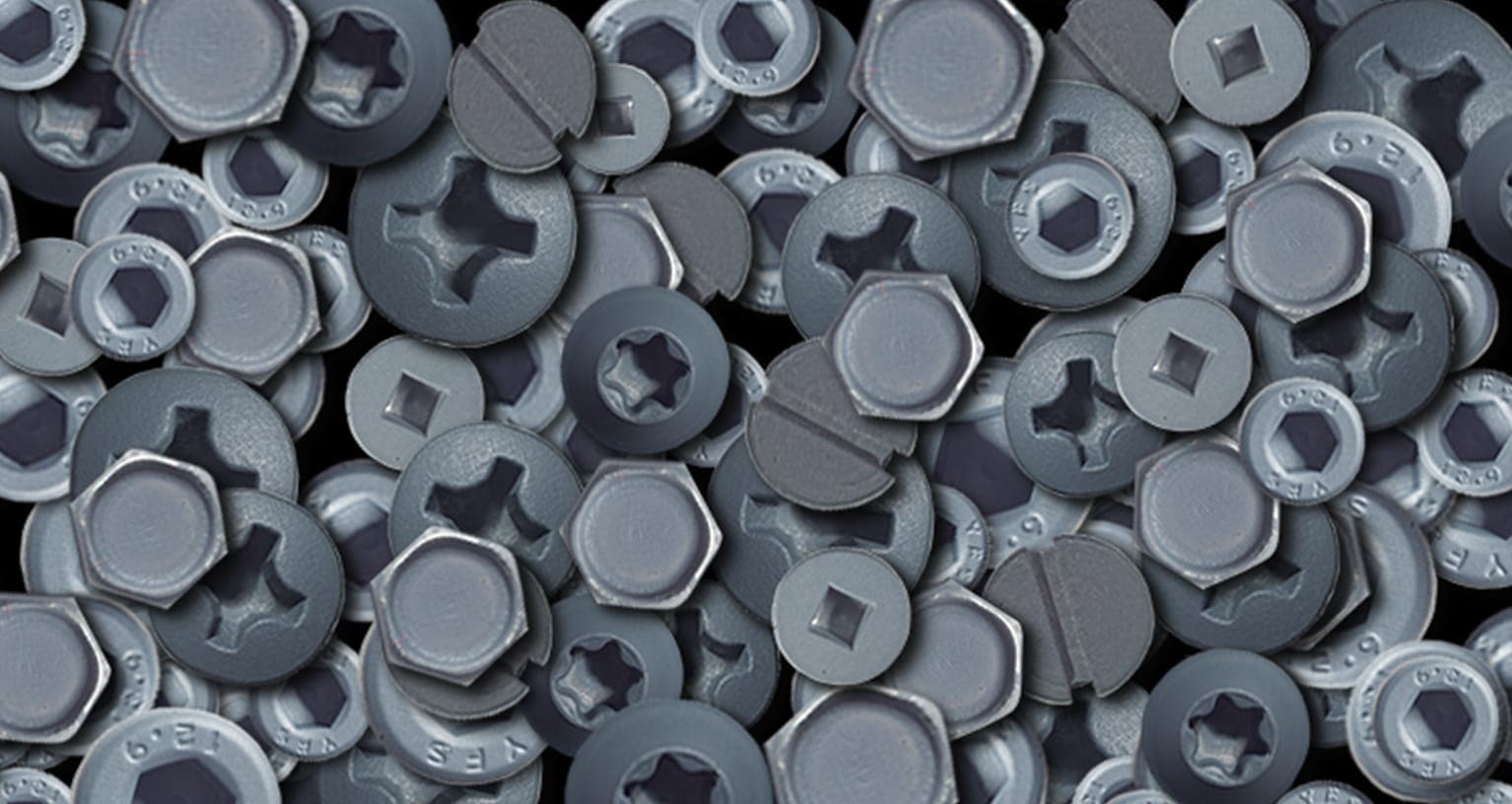I think custom kitchen cabinets are a great investment—but only if you do it right, the first time. Whether you’re renovating your forever home or boosting your home’s resale value,...

The Nuts and Bolts of Your Deck
By Mike Holmes
Mike’s Advice / Outdoor Renovations
Wednesday, April 18th, 2018 @ 3:32pm
As simple as a deck looks, it takes a lot of smart planning to build it right. One faulty screw and the entire structure can be compromised. There are critical connection points that you must inspect before deck season is fully underway, because when it comes to your family’s safety, nothing should be left to chance.
1. Ledger-to-House Framing
A ledger board provides strength to the deck by supporting the joist and making the framing stronger. A weak connection between the ledger board and the home is a common reason for deck failure. A professional will use structural screws and the right tools to attach the ledger board securely to the home’s framing.
2. Joist-to-Ledger
Your decks’ joists help keep your deck floor stronger, even if your wooden deck shrinks and ages. A deck floor joist should intersect into a beam or the ledger board. It’s important to ensure that joists are fixed to the framing of the house so they can resist uplift, the weight of people and materials, as well as lateral loads. Joists can be installed using joist hanger brackets, which help increase the deck’s ability to safely handle more weight.
3. Beam-to-Post
The deck beam transfers the weight from the floor joist to the post, and then finally to the concrete footing in the ground below. The beam should be strongly connected to the post so that it can resist gravity, lateral and uplift loads. There are usually two types of beams that can do the job: a solid lumber beam or a built-up beam.
4. Joist-to-Beam
Joist hangers provide a connection for bearing when attaching a joist to a beam. A joist must be properly connected to the post to resist gravity, lateral and uplift loads.
5. Guardrail Post-to-Deck
Loose guardrails increase the likelihood of someone getting injured on your deck. A lot of pressure is put on them when people casually lean against them, so it’s important that the guardrail post is fastened to the rim joist and also tied back to the joist framing. It will stay secure if a metal connector is installed into the joist with bolts through the post.
6. Stair Stringer-to-Deck
Depending on the height of your deck, you may need to build a staircase to avoid a sudden drop in levels. Stair stringers secure the stairs in place and must be connected properly to the deck to support the constant impact.
7. Post-to-Concrete
Deck posts are the foundation of your deck – literally. The posts are structural loads that must rest on anchored to concrete footings. They must be strategically placed underneath the deck to share equal support of weight no matter where someone is standing. Unless the posts are naturally decay-resistant or made from preservative-treated wood, they must be elevated off the concrete by at least one inch to prevent decay caused by moisture.








